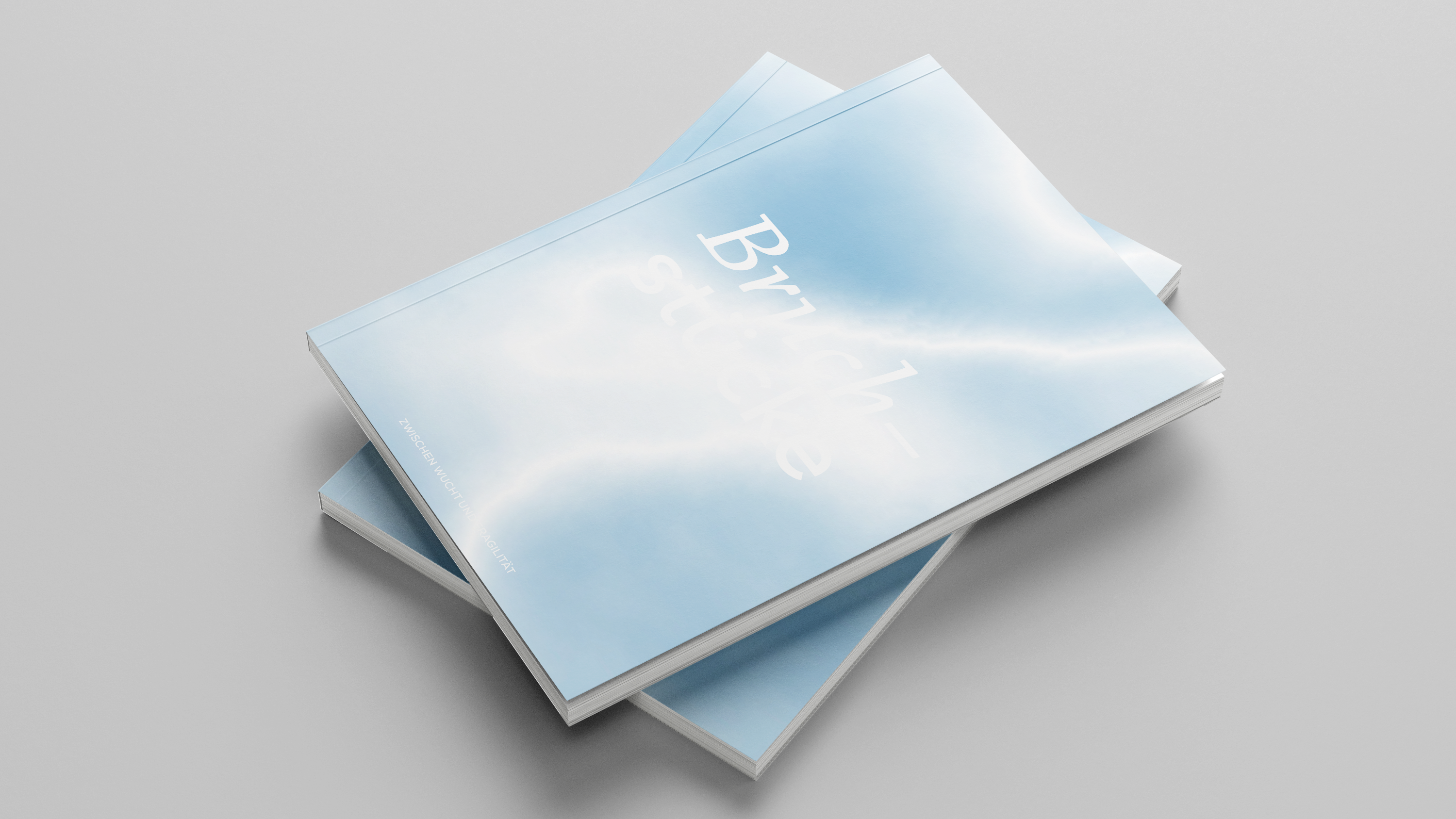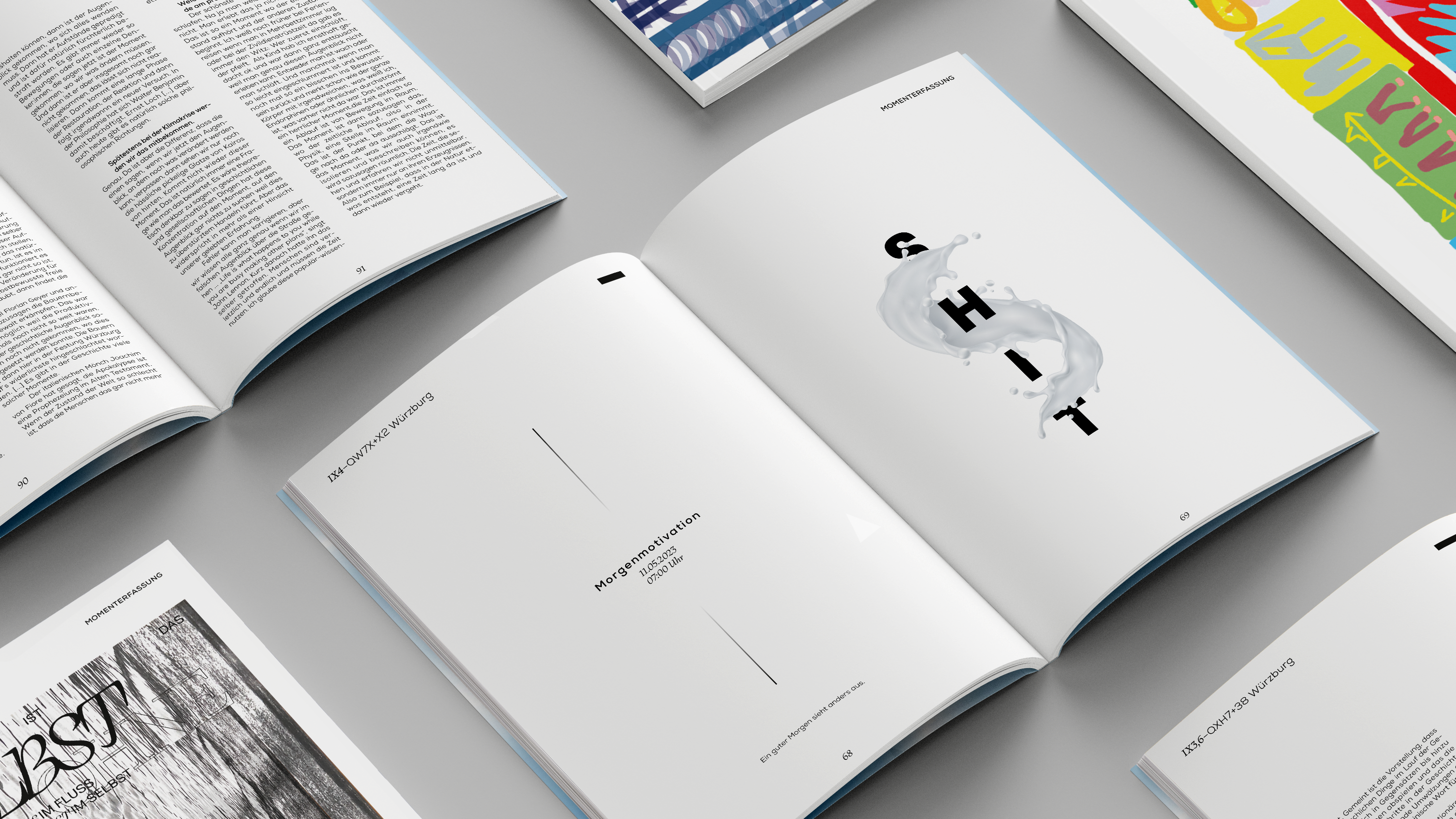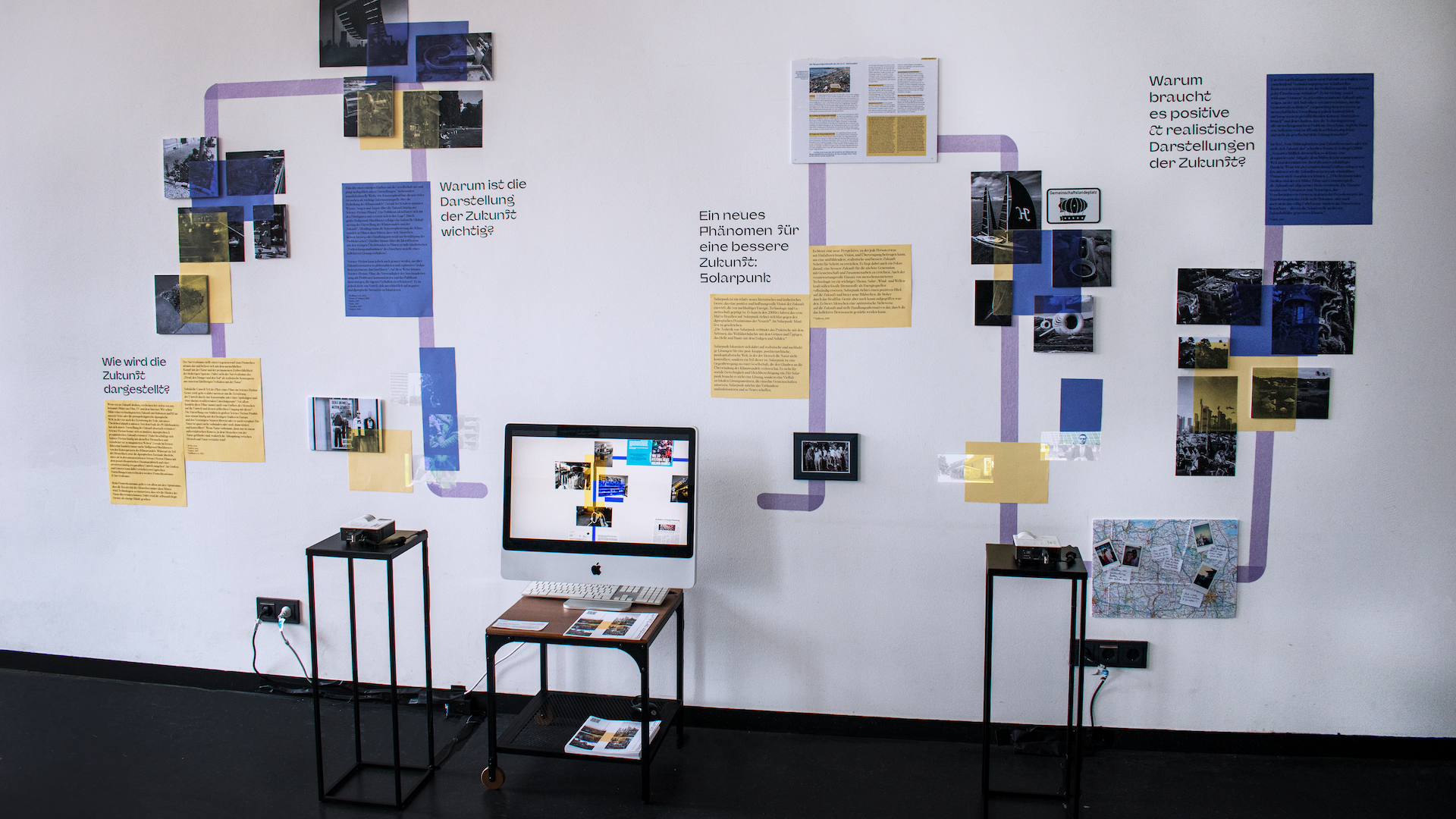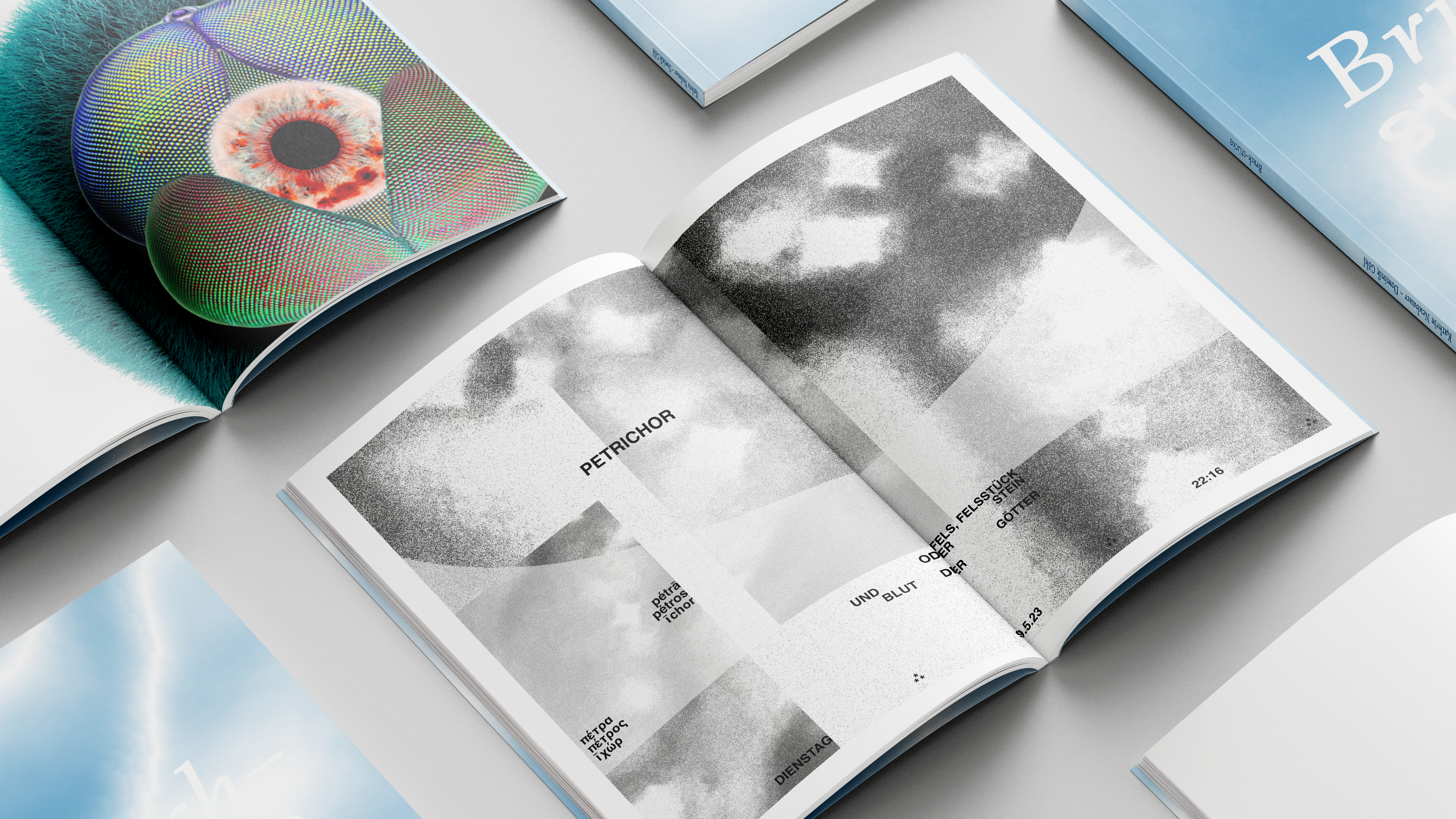↘
TIME, TIME
Accelerate or fall out? Anything goes
»They removed faith from time, so to speak, until it was empty and bare, and filled it with a new criterion: money. That was the beginning of the modern age.« – Karlheinz Geißler (1)
Time is not only a horizon of understanding within which things can enter into meaningful relationships with one another, but also a perspective for evaluating social qualities. According to Hartmut Rosa (2), »If we want to examine the structure and quality of our lives, we should turn to their time structures.« In this context, the real time of today's data transmission is the result of a process that began with the invention of the clock. The fact that trading companies move their headquarters closer to a server farm in order to be able to trade on the stock exchange a fraction of a tenth of a second faster than the competition shows that not even real time is the same as real time. »Modernity is about the acceleration of time«, wrote Peter Conrad (3). What is accelerating are the transmitters, the vehicles - horse - train - plane - telephone - internet. Distances are increasing. Space is being destroyed, time is being compressed. The concept of technical acceleration is omnipresent. And as its apparent counterpart, personal deceleration.
In science and economics in particular, time is measured with a precision that is imperceptible to the human senses and therefore difficult to grasp. The idea of a fraction of a tenth of a second has little to do with our own sense of time. Or does it? Can one consciously fall out of time? Sol (the Martian day) is 39 minutes and 35 seconds longer than on Earth. So would one have ›gained‹ time on Mars? What quality does time have for us as individuals, as a community, as a society?
Time, Time explored time in its physical and digital qualities and links it to sensory experience. On the one hand this is done critically, on the other radically pragmatically.
Geißler, K. (2017) »Uhren sind moderne Diktatoren« in Die Zeit vom 05.01.2017.
(2)
Rosa, H. Beschleunigung und Entfremdung, Suhrkamp, 2013, S.8.
(3)
Conrad, P. nach Stine, K., & Volmar, A. (2021). Infrastructures of Time: An Introduction to Hardwired Temporalities. In Media Infrastructures and the Politics of Digital Time (pp. 9–38). Amsterdam University Press
Supervision Prof. Judith Glaser
Summer Term 2023
↘

Fading Memories
Paul Zweig

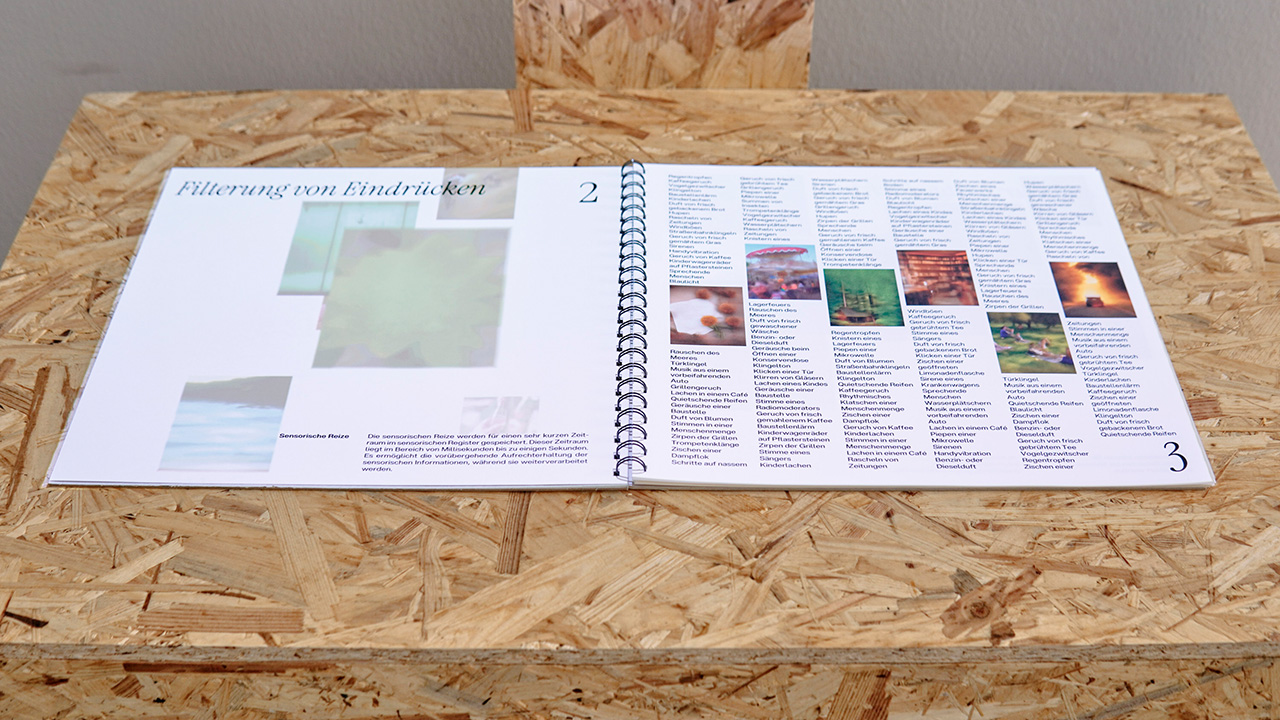
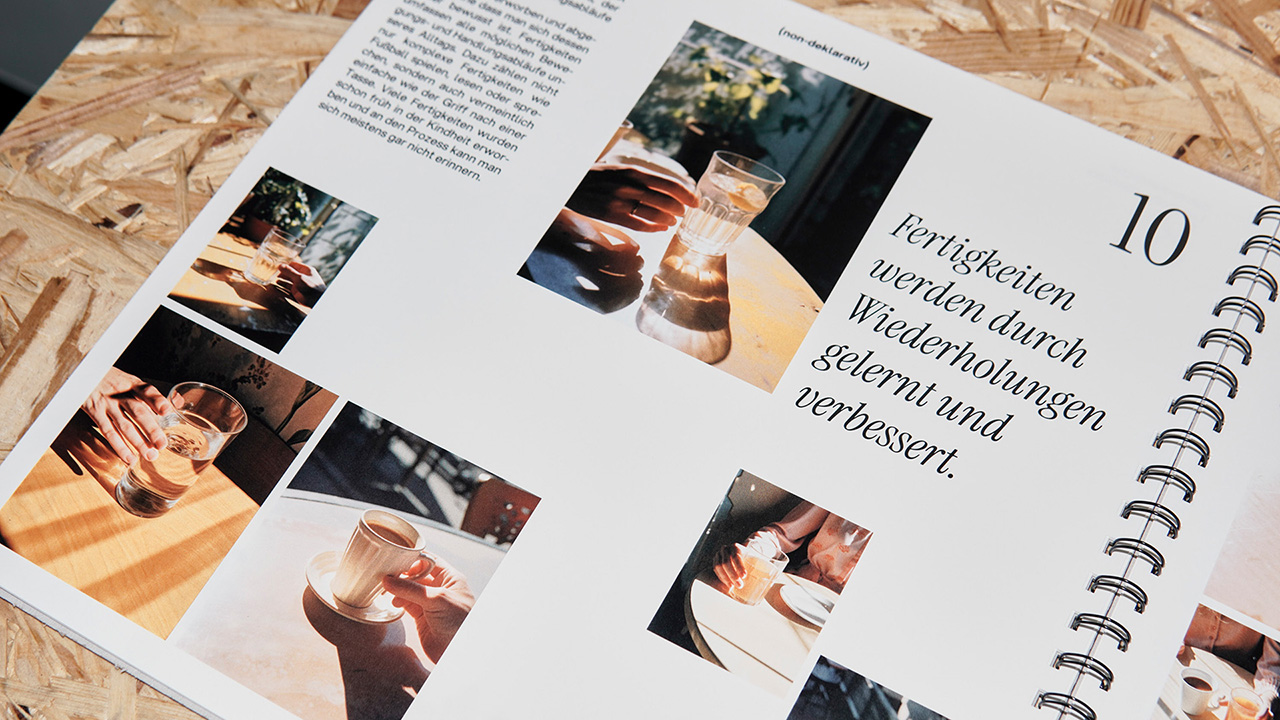
Through research it became clear that the current image of the future in film is often dystopian, apocalyptic & technitized. There are few positive representations of the future, especially not in the biggest blockbuster productions. If positive images are to be found at all, it is in the animation genre.
The choosen example in the exhibition, the ›Solarpunk‹ movement, has only been around since the early 2000s and prefers a positive-focused way of presenting the future. The exhibition tries to convey the feeling of a cinematic world, but to do so with a positive and sufficent representation of a possible tomorrow. Also there are not only futuristic images but also solutions that already exist in real life. To create a realistic image, the exhibition uses different types of media. Fictional newspaper articles about ending factory farming, pictures of an overgrown Frankfurt, videos of Guerrilla Gardening, chat histories of a community talking about their harvest. This and much more create the image of a positive, self-responsible and sustainable future.
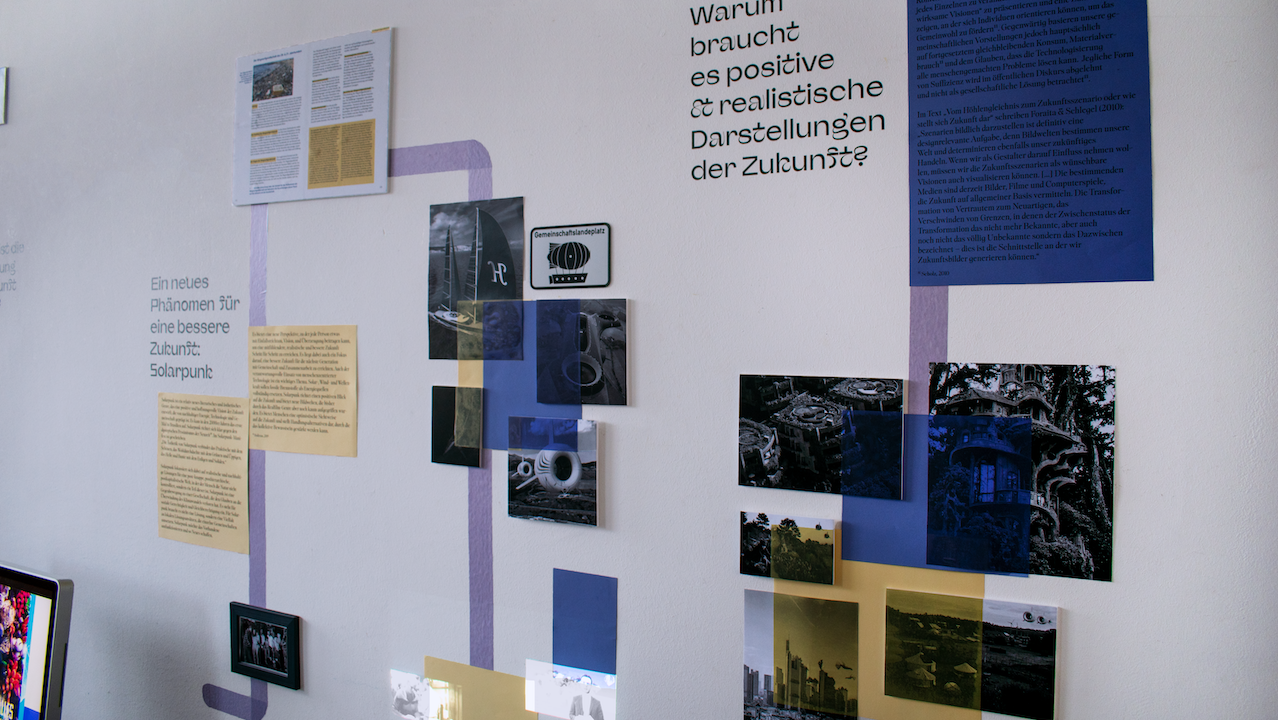
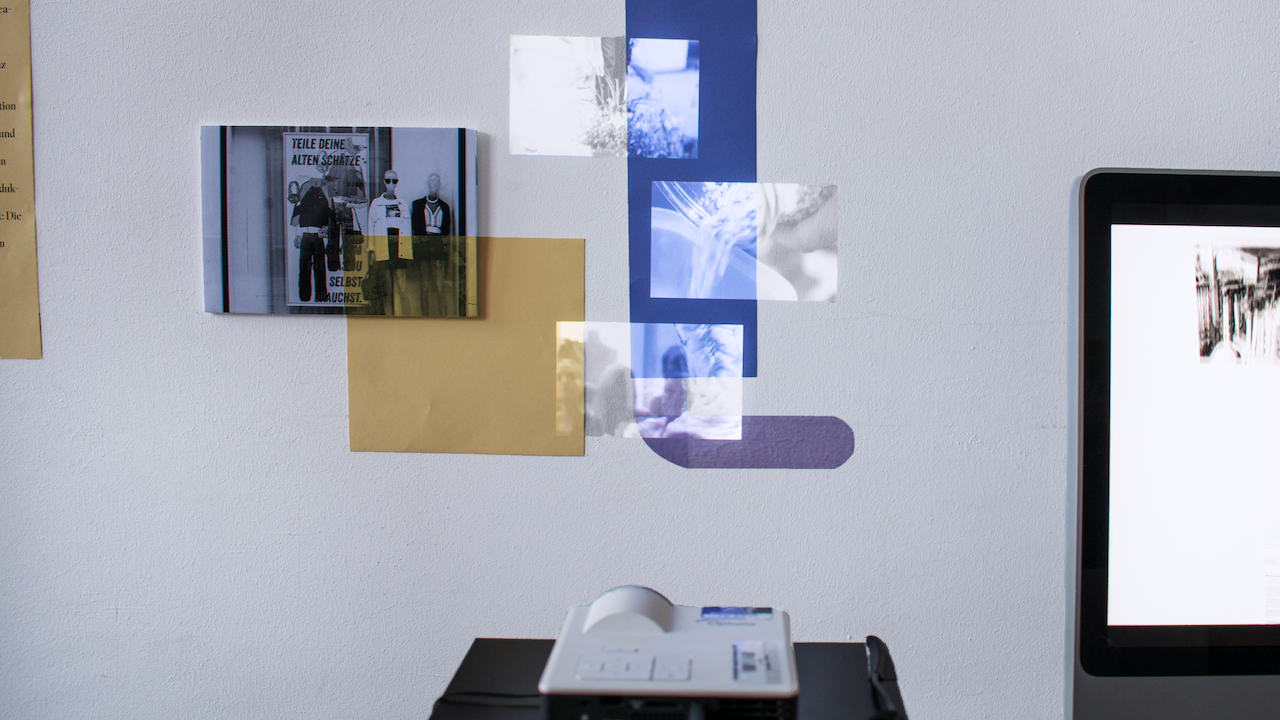
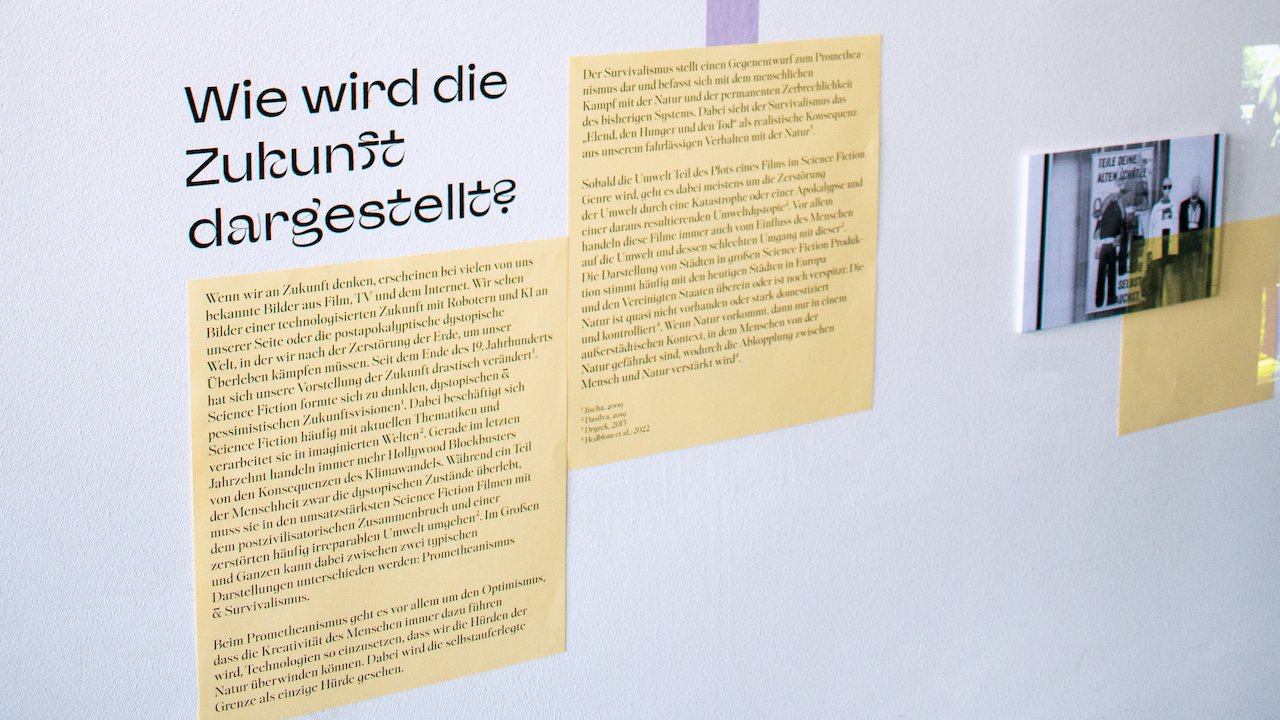
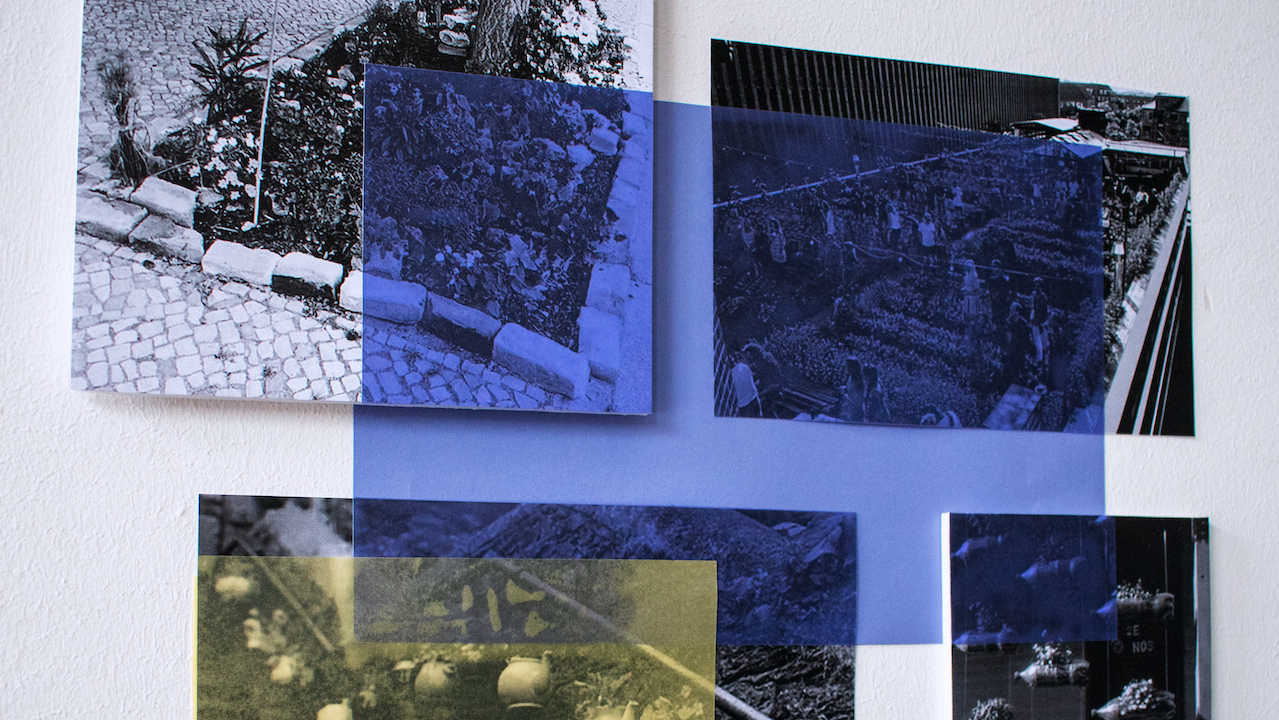
↘
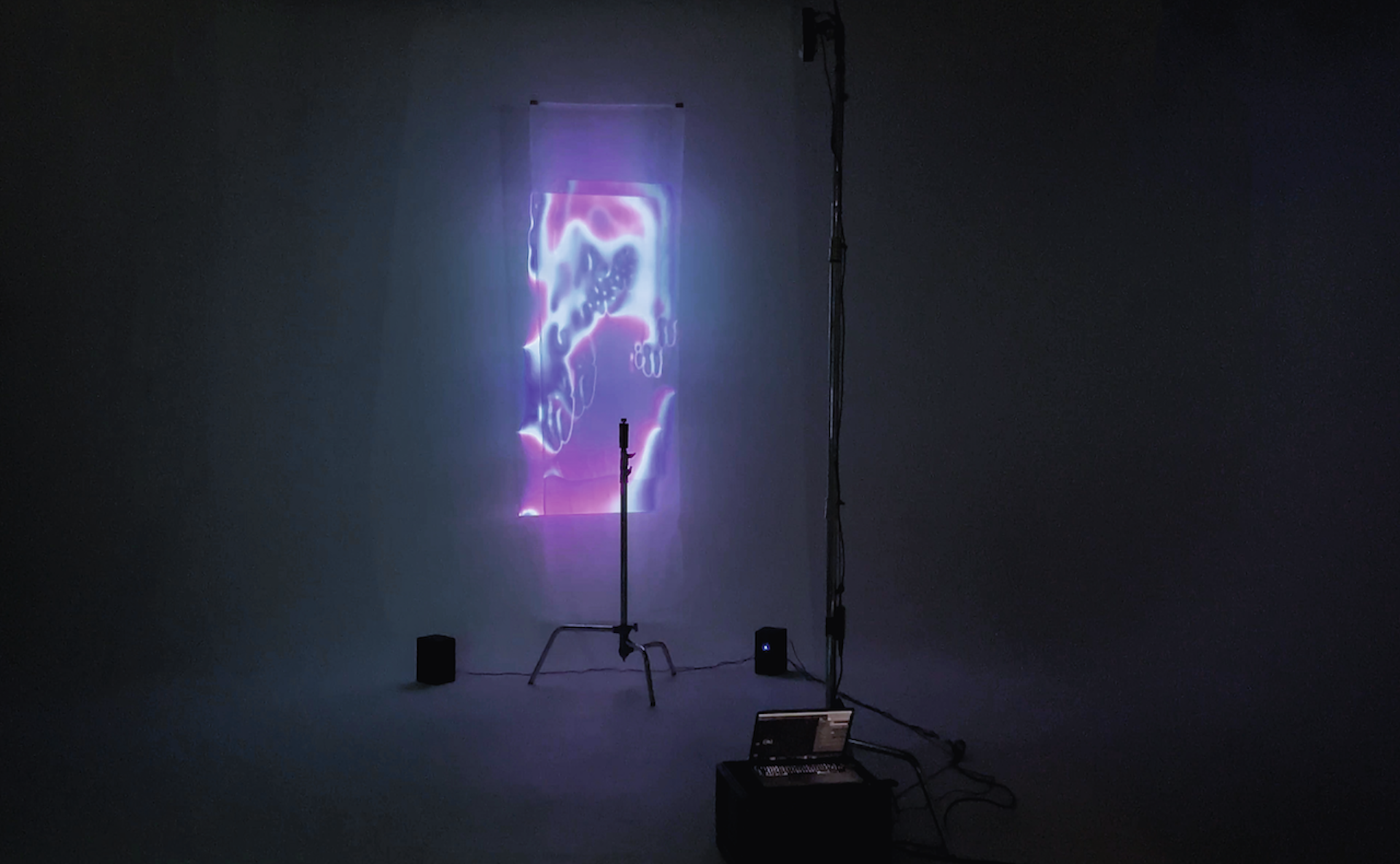
ModulatingTime
Yuna Fleig
Der Stoff hängt dicht vor einer Wand und gibt der Projektion eine weitere Dimension und lebendigkeit. Generell macht sich die Installtion die Optik der Stative zu nutzen und bekommt, dadurch einen rohen Charakter, welcher im gesunden Kontrast zur Stofflichkeit steht.
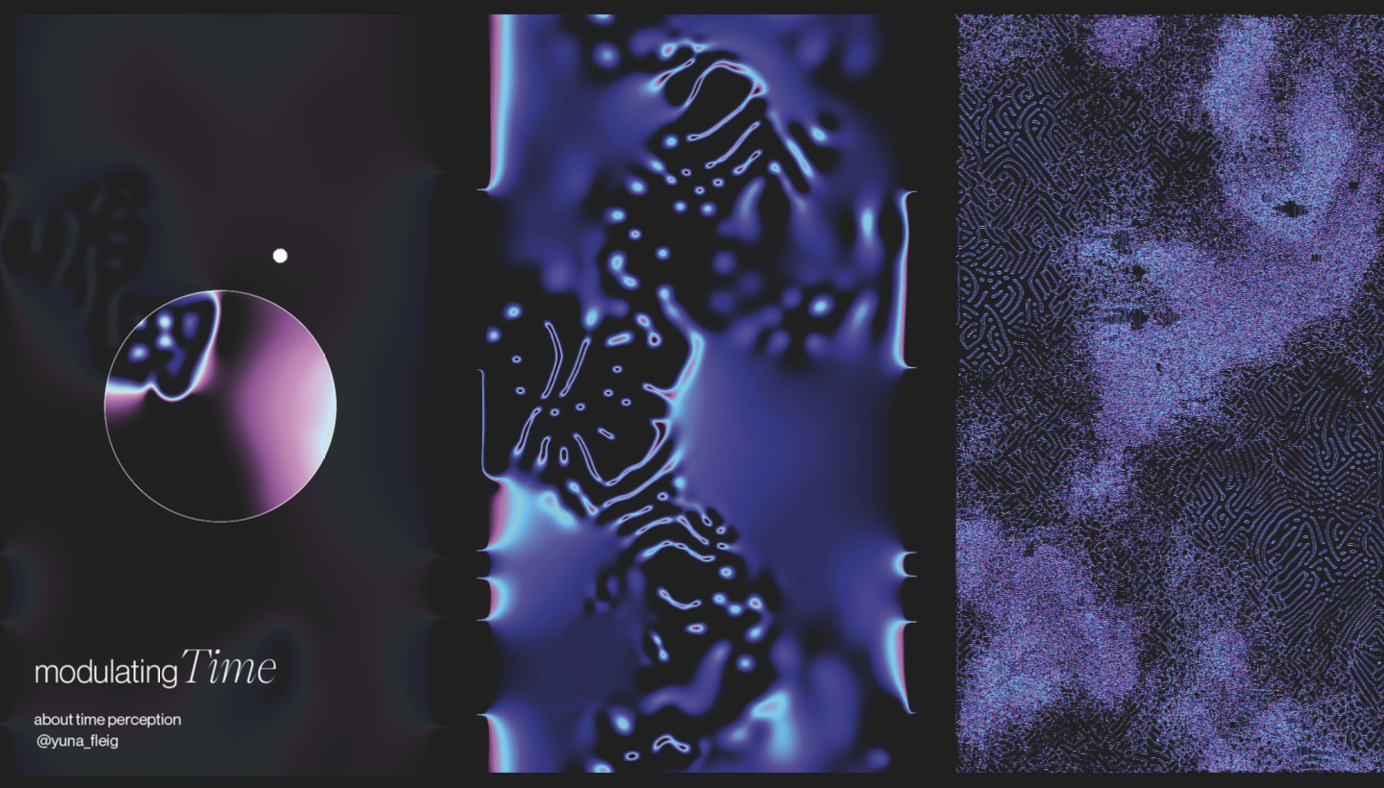
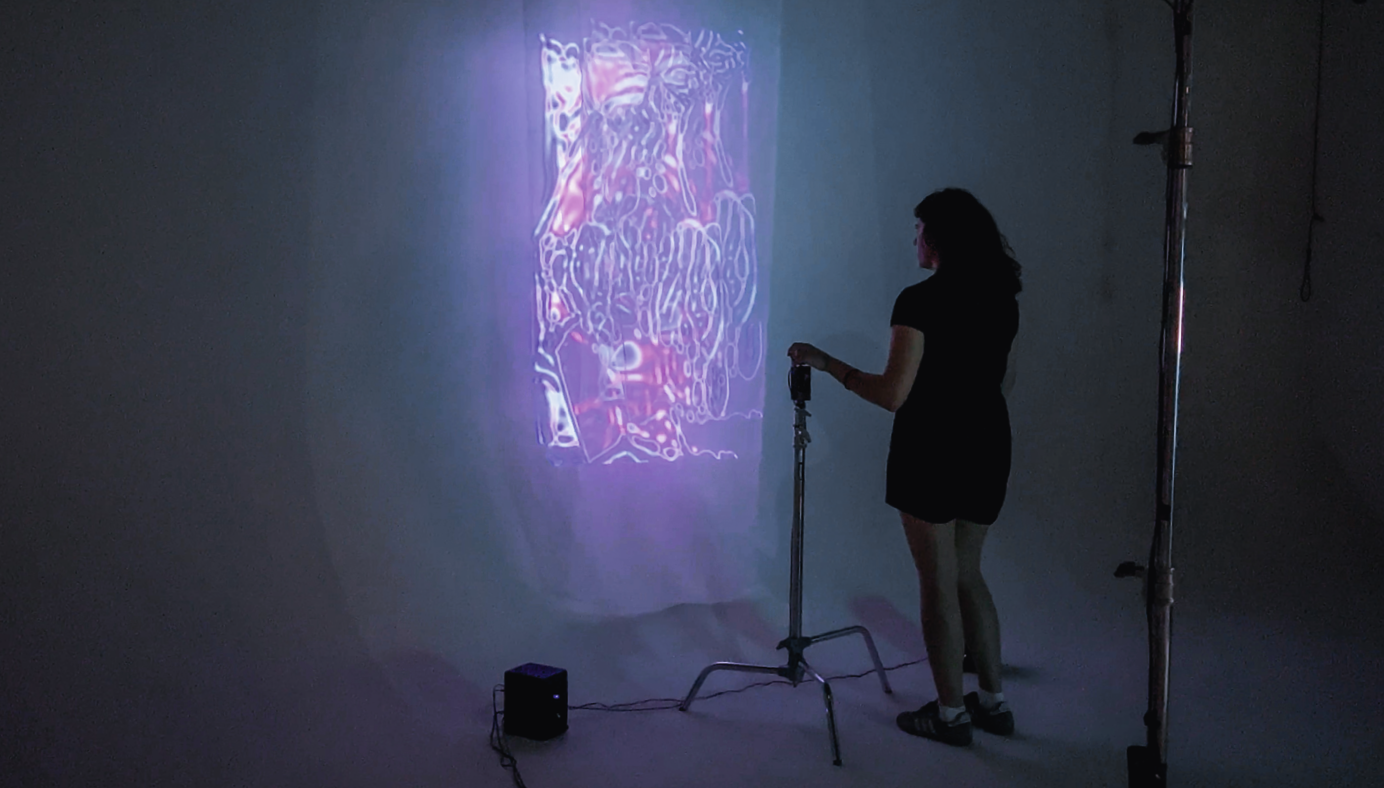
↘
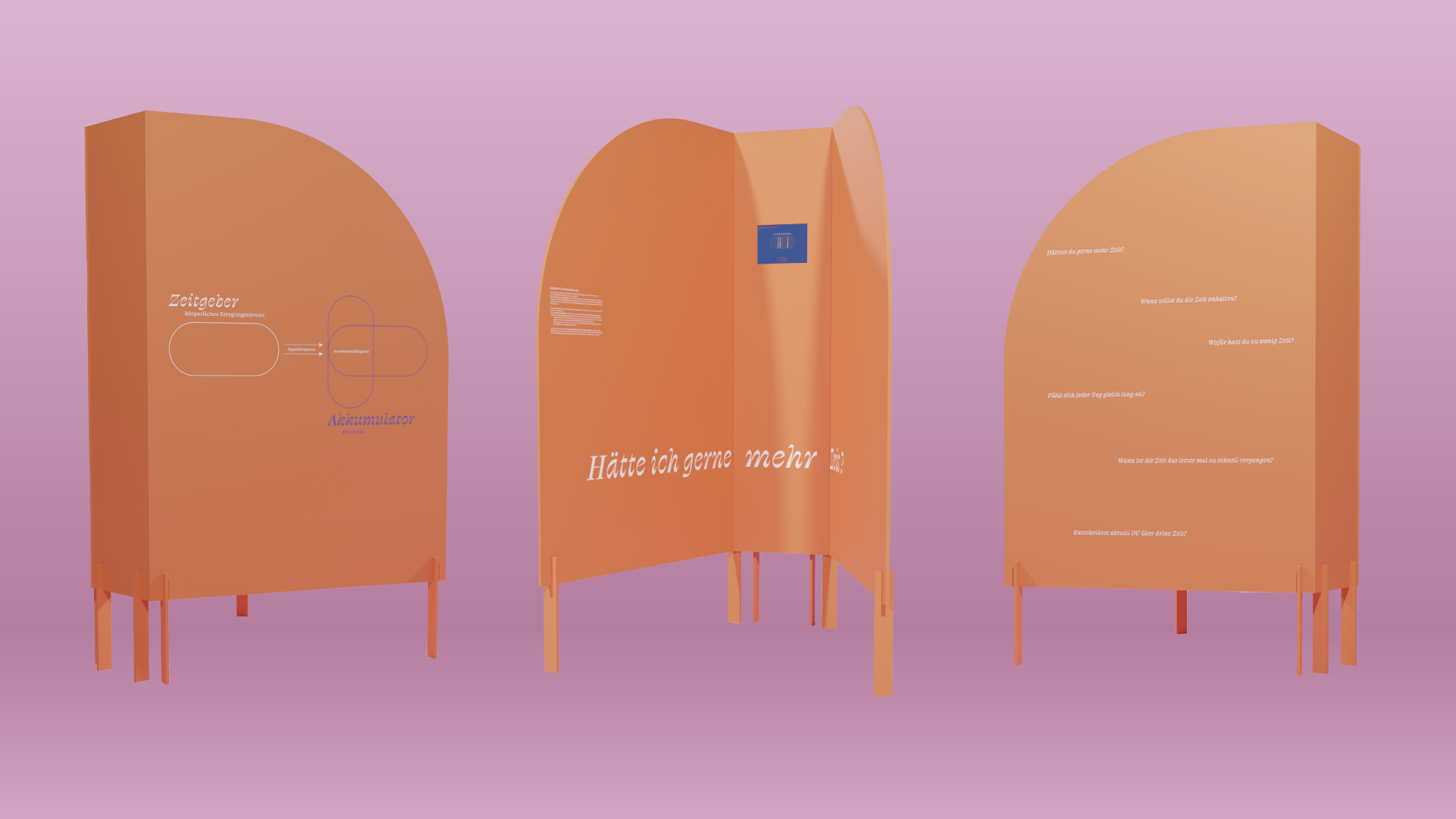
ZeitWahrnehmung
Marieke Schäfer + Selina Herrmann
Der realisierte »Zeitpunkt« befasst sich mit dem Phänomen der subjektiven Zeitwahrnehmung und macht diese erfahrbar. Durch eine vollflächige Grafik zum Zeitgeber-Akkumulator-Modell neugierig gemacht, stößt der:die Betrachter:in im Inneren auf ein eingebautes Display, begleitet von einer markanten Fragestellung und einem erläuternden Text. Durch drei 40-sekündige Videos aus unterschiedlichen Genre beginnt das Zeiterleben. Im Anschluss daran wird er:sie dazu aufgefordert, eine Schätzung über die Dauer jedes Videos abzugeben, welche dann in Bezug zur tatsächlichen Länge der Videos gesetzt wird.
Zusätzlich zum »Zeitpunkt« stehen Begleitkarten zur Verfügung, die sowohl allgemeine als auch spezifische Informationen zu den Phänomenen bereithalten. Jede:r Besucher:in hat die Möglichkeit, an den entsprechenden Stationen die zugehörige Begleitkarte mitzunehmen und somit das eigene Heft individuell zu gestalten. Die Begleitkarten und erläuternde Texte sind in einer barrierearmen Gestaltung verfügbar und bieten sowohl komplexe als auch einfache Sprachoptionen, um den Bedürfnissen unterschiedlicher Besucher:innen gerecht zu werden.
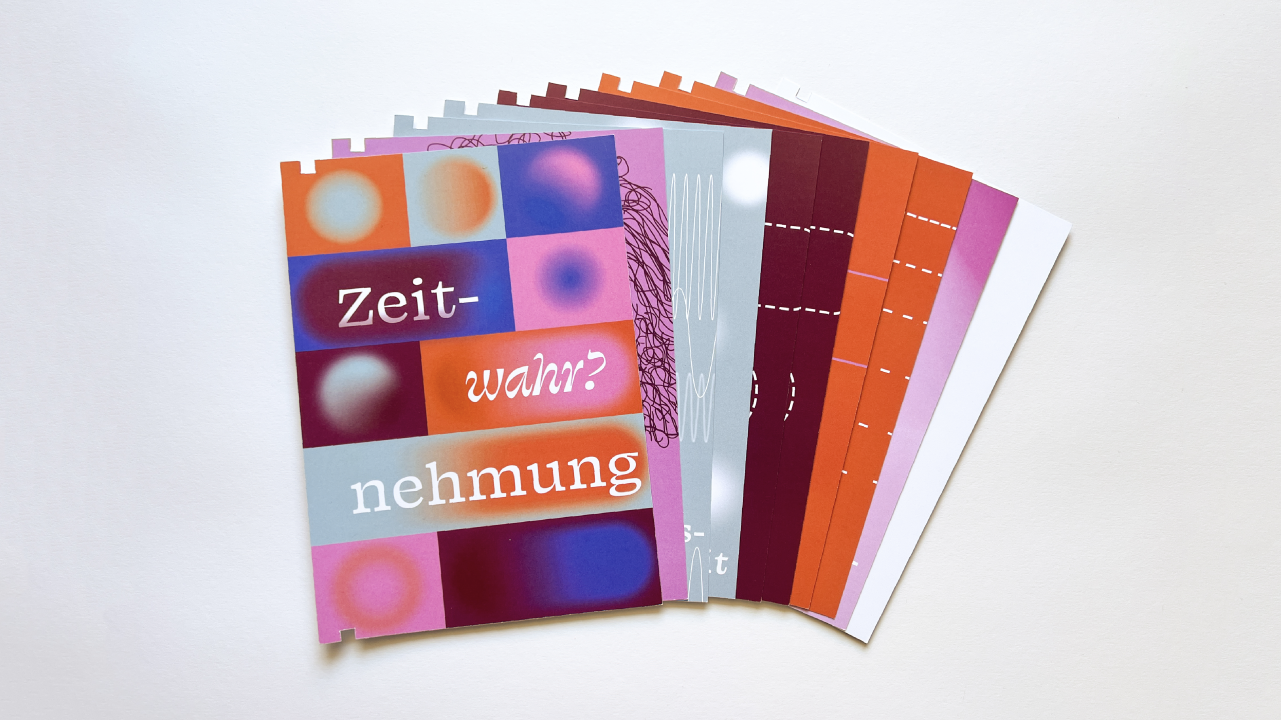
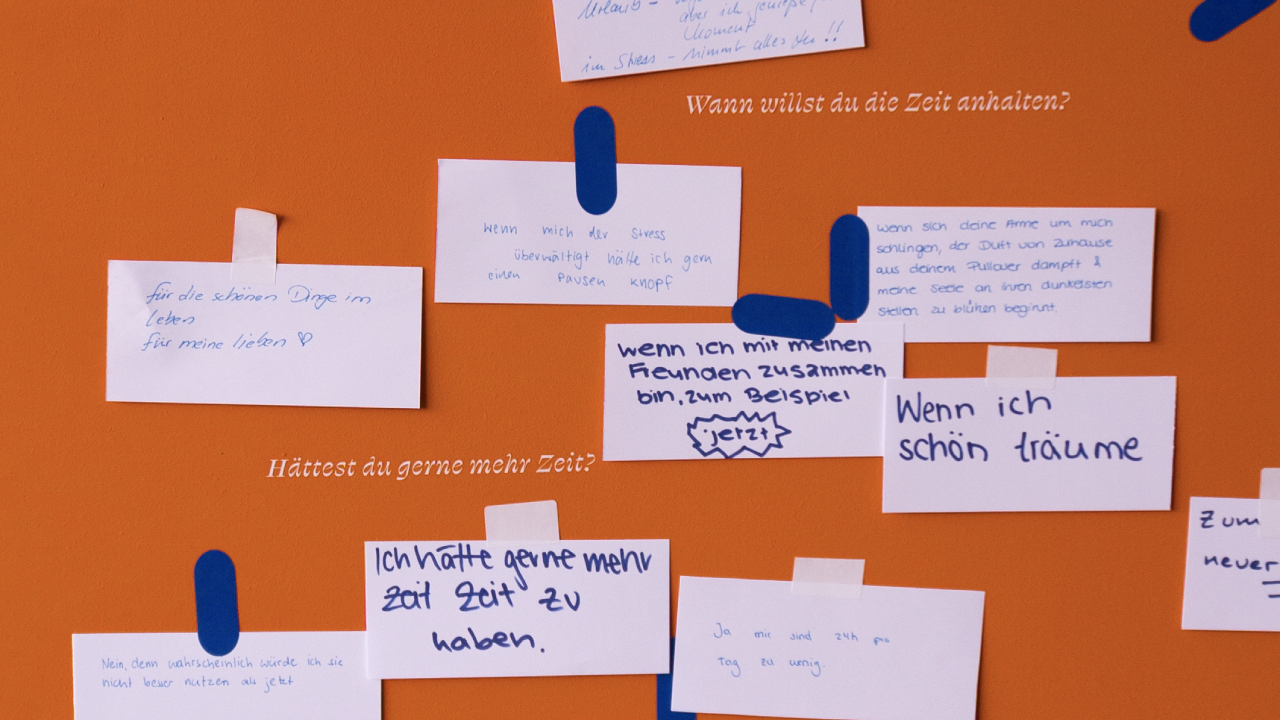

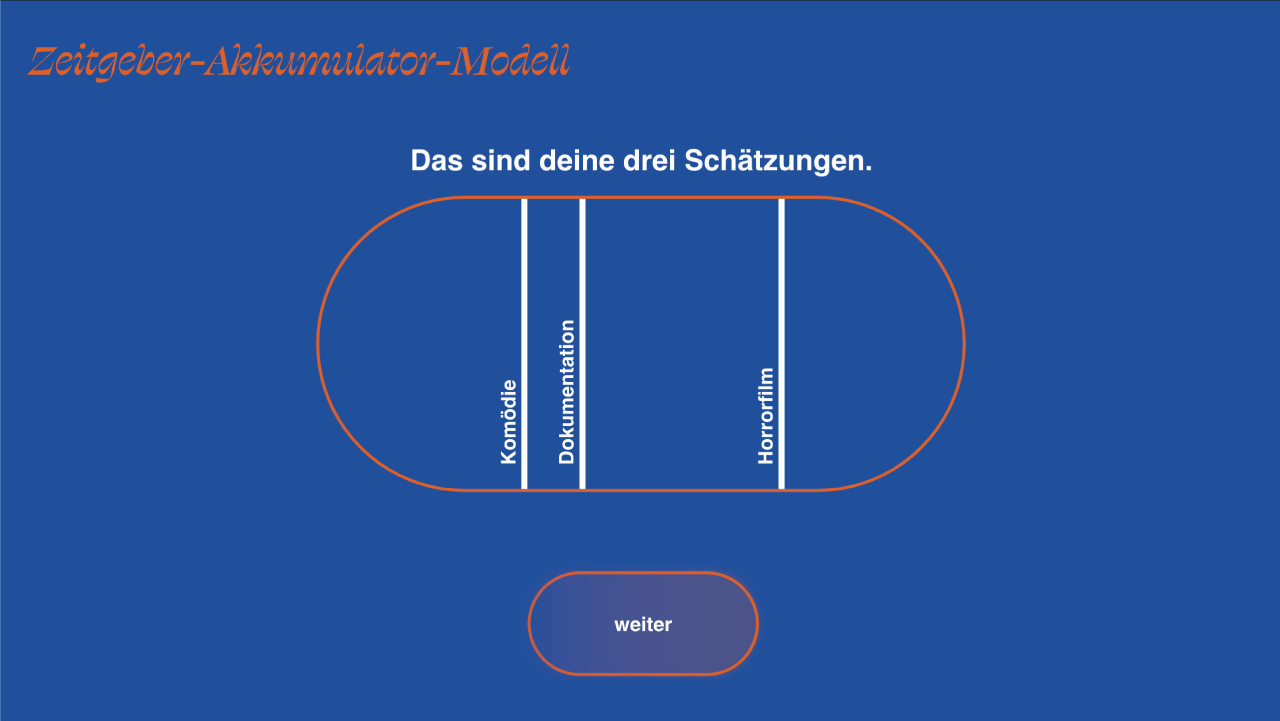
Den Moment im Jetzt zu erfassen, scheint schier unmöglich, da das Realisieren des Moments, ihn selbst bereits wieder in die Vergangenheit rückt. Als gelänge der Zauber nur, solange er unbestimmt bleibt. Wie in einem Cartoon, in dem die Figuren in der Luft laufen können, bis sie die Bodenlosigkeit unter ihren eigenen Füßen bemerken. Der Moment beschreibt den Kipppunkt zwischen Sein und Nicht-Sein. Aus Erleben wird Erinnern.
